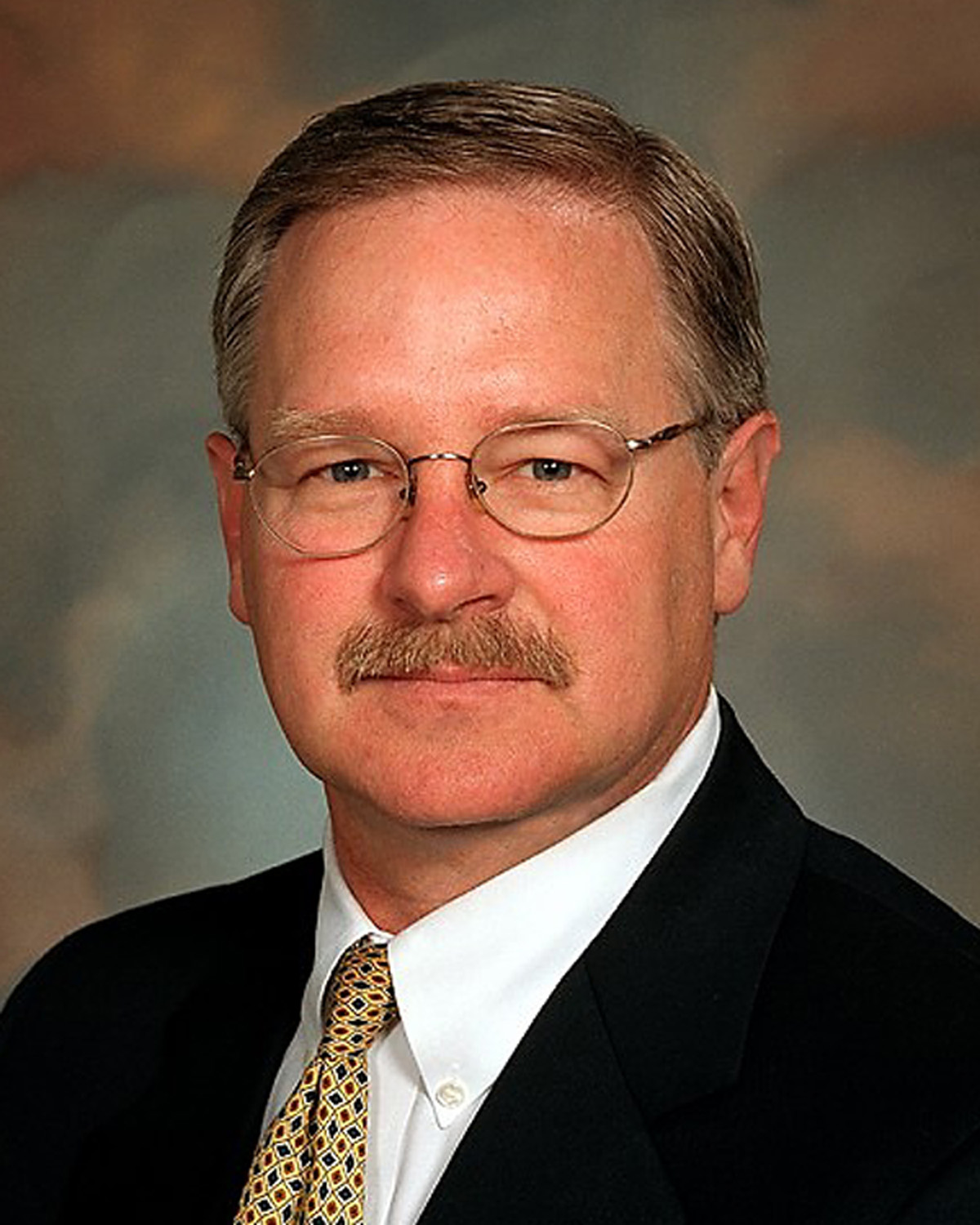
Sept. 22, 2009 – University of Utah medical ethics expert Jeffrey R. Botkin will chair a federal panel that will review scientists’ requests to conduct government-funded research using embryonic stem cells left over from couples who used “test-tube fertilization” to have babies.
“Stem cells have the capability of developing into any tissue type in the human body,” says Botkin, a pediatrician and associate vice president for research integrity at the University of Utah. “If scientists can better understand the development of stem cells into different body tissues, then it may be possible to use stem cells to treat a wide variety of diseases that are caused by tissue aging, damage or degeneration.”
“For example, if stem cells can be coaxed into developing into pancreas cells, it may be possible to use them to treat diabetes,” he adds. “This is a very exciting area of biomedical research that offers great promise down the road.”
Expanded use of cells from embryos left over from in vitro fertilization is made possible by an executive order signed March 9 by President Barack Obama. The order loosened the more restrictive policy under former President George W. Bush.
National Institutes of Health Director Francis S. Collins announced Monday his agency now is accepting requests for lines of human embryonic stem cells to be approved for use in NIH-funded research. Collins also named a new nine-member Working Group for Human Embryonic Stem Cell Eligibility Review, with Botkin as its chair.
Botkin – who also is chief of the University of Utah School of Medicine’s Division of Medical Ethics and Humanities – says he was picked as chair due to his background in research ethics, and his past service on federal advisory committees, including one dealing with the protection of human subjects in research.
“Also, the fact that the University of Utah does not have an active program using human embryonic stem cells was probably a factor because this eliminated any conflicts of interest in that respect,” Botkin says.
NIH guidelines published on July 7 and the new panel “will address which embryonic stem cell lines will be eligible for use in research supported by federal funds,” he says. “These stem cell lines are created by taking cells from the inner cell mass of early-stage embryos. The process of extracting the cells from the inner cell mass destroys the embryo, which is, of course, the reason for the ethical debates over these cells since they were first successfully created in 1998.”
Botkin emphasizes that under both the Bush and Obama guidelines, “it is not possible to use federal funds for the actual destruction of the embryos to create the stem cell lines. Rather, the guidelines address whether federal funds can be used for research using stem cells that were originally created using non-federal sources of funding.”
Existing law and regulation allows private companies to conduct research that creates and uses human embryonic stem cells. But, says Botkin, “given the large amount of research funding provided by the federal government, the new guidelines will permit a significant increase in the number of projects using embryonic stem cells.”
Botkin says “it is unclear” how many requests for approval the NIH will receive, although many researchers are eager to move forward with stem cell work.
“Under the previous policy formulated by the Bush administration, research with a limited number of stem cell lines was supported by the NIH,” he says. “Only lines that were created before Aug. 9, 2001 (the date of the Bush policy announcement) were eligible for funding because the embryos had been destroyed already and the policy sought not to foster additional destruction of human embryos. However, the small number of available lines did not support many investigators who want to pursue this research, and questions were raised about the biological quality of some existing lines.”
“Current estimates suggest there are hundreds of thousands of embryos that remain in fertility clinics from couples who created them for reproductive purposes,” Botkin says. “Many of these couples have fulfilled their reproductive goals, meaning the leftover embryos will ultimately be discarded.”
He says that under the Obama administration, the new NIH guidelines state “that these ‘spare’ embryos can be used for stem cell research if the couple who produced the embryos has given their full informed consent.”
“For stem cells created after July 7, 2009, the guidelines are clear about the nature of the informed consent from couples who have ‘spare’ embryos,” Botkin says. “The committee will not review proposed cell lines created after that date, although they will be reviewed administratively at the NIH. However, for lines created before July 7, 2009, review of the consent forms and the process by which the stem cells were created will be the responsibility of the committee.”
He says the panel will ask, “Can we be assured that the couple fully understood their options, including use of their embryos in research, and agreed to the donation without any element of coercion or manipulation?”
Embryonic stem cell lines created in other nations often don’t meet U.S. standards for informed consent, but the panel will ask whether the consent and process used to obtain the cells adequately fulfill the ethical principles in NIH guidelines. “If so, lines created internationally may be eligible for research using federal funds,” Botkin says.
NIH Guidelines for Human Stem Cell Research may be found at:
